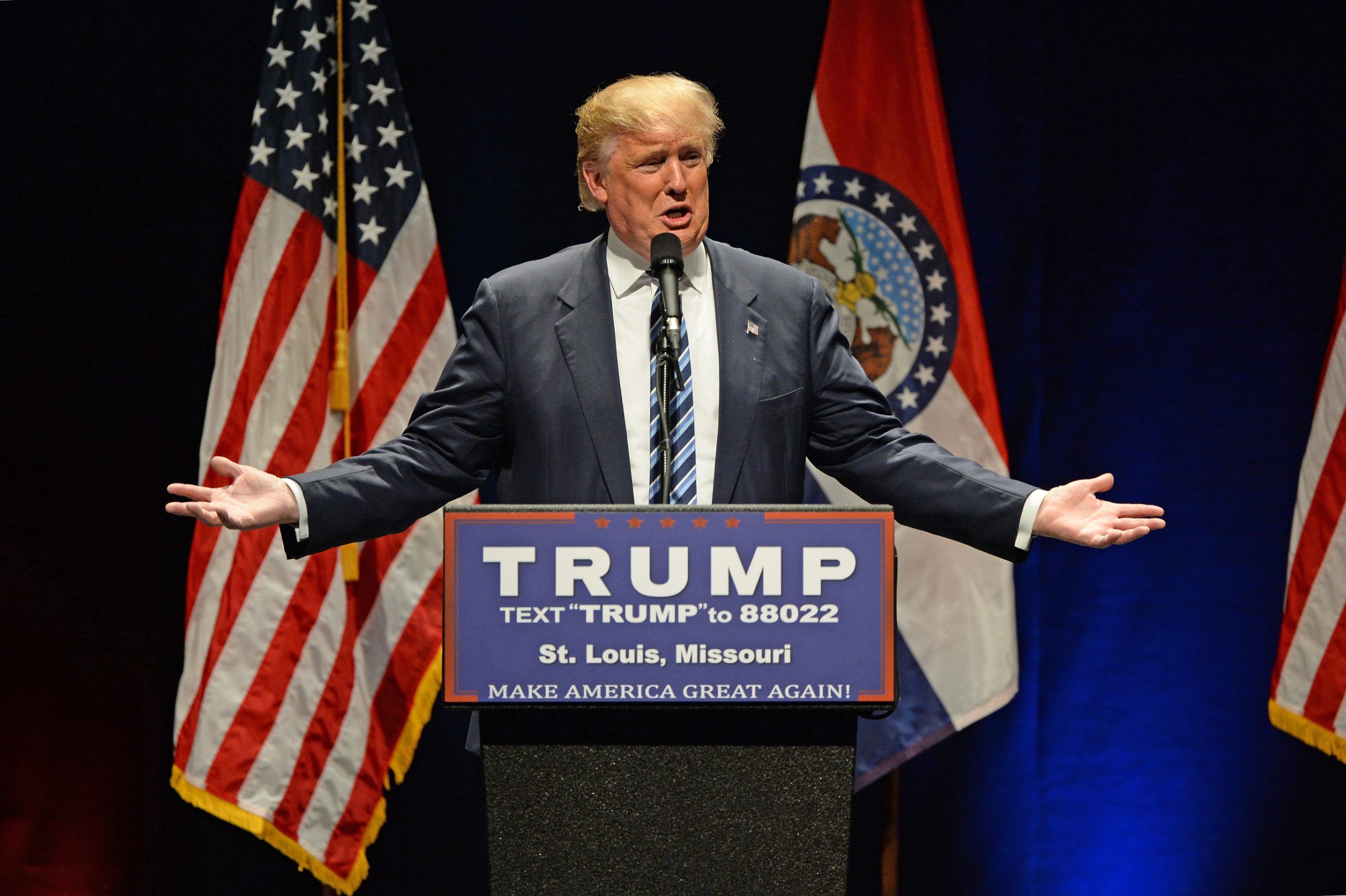Successful media relations in the ‘era of Trump’
 These days, it’s hard to believe that there is any other news out in the world that isn’t somehow related to President Trump or his administration. News organizations in the U.S. and around the world, for that matter, have quickly figured out that the name “Trump” in a headline gets people’s attention.
These days, it’s hard to believe that there is any other news out in the world that isn’t somehow related to President Trump or his administration. News organizations in the U.S. and around the world, for that matter, have quickly figured out that the name “Trump” in a headline gets people’s attention.
Unfortunately, for stories without a “Trump angle,” it has become much more difficult to break through the clutter on readers’ Facebook feeds. It’s an all-out battle among news outlets to get people to click on, read, like and share their content. At the center of the battle are the journalists staffing the ever-shrinking newsrooms. While it’s true that many news organizations have seen a bump in readers and viewers since the election, the economics of the news business continue to be challenged. Fewer journalists in newsrooms means that many are now doing double duty–juggling quick-breaking news articles, writing on so-called calendar news events and researching enterprise stories.
For many financial news journalists, the markets’ open and close means there is a relatively fixed schedule that they follow. The day often begins in the 6 am-7 am ET hour when many companies release news so markets have time to digest it before the opening bell at 9:30 am. Beat reporters will be looking for commentary on any breaking news in the early am hours. By 10 am, most newsrooms have a good idea of what the focus of their coverage will be for the day. Lunchtime and afternoons are usually devoted to making updates to earlier stories, covering any stocks that are moving since the markets opened, and working on feature stories for publication the next day. Between 4 pm and 6 pm ET, most journalists are watching for more breaking news from companies that waited until after the market close to make their announcements. It is also during this time that many journalists have down time to read any pitches they thought were interesting and might want to consider.
But these days, covering the news is only half of a journalist’s job. Journalists have also become social media gurus. They post their articles and videos to Facebook, Twitter, Reddit, Snapchat and Instagram. The more readers or viewers you get to view, like and share your content, the more valuable you are to your news organization. More content views = more revenue for your news outlet. And pushing their content onto social platforms is only half of a journalist’s job; editors also want them to interact with their readers through comment replies and taking questions on Facebook live or Periscope. Now, more than ever, journalists are crunched for time. No reporter wants to get a pitch from a PR person that looks like it is going to create more work. Pitches need to be short and to the point yet also include all the relevant information that a reporter needs to make a judgment on whether to pitch the story to his/her editor. For journalists who can sometimes get upwards of 100 pitches a day, giving them all the news they need in the subject line is key. This requires the PR person to think like a headline writer. What is going to grab the reporter’s attention? What will stand out from the clutter of 100 emails? Unlike click-bait articles, the person pitching can’t over-promise in the subject line and under-deliver if the reporter opens the email. The pitch must be short. If your pitch is more than one paragraph, it’s probably too long; you can always attach a more in-depth press release to the email.
The first email a PR person sends to a reporter must include details on the name/title of the person who is being made available to speak, plus any multimedia elements and links to any other reports/data the reporter might find useful in writing their article. It’s also helpful to include two quotes from the company’s CEO that the reporter and/or editors and producers can read to get a better sense of what the spokesperson might say in an interview.
While not every story can have “Trump” in the headline, some of these tips could help your pitch break through the email clutter in a reporter’s inbox.